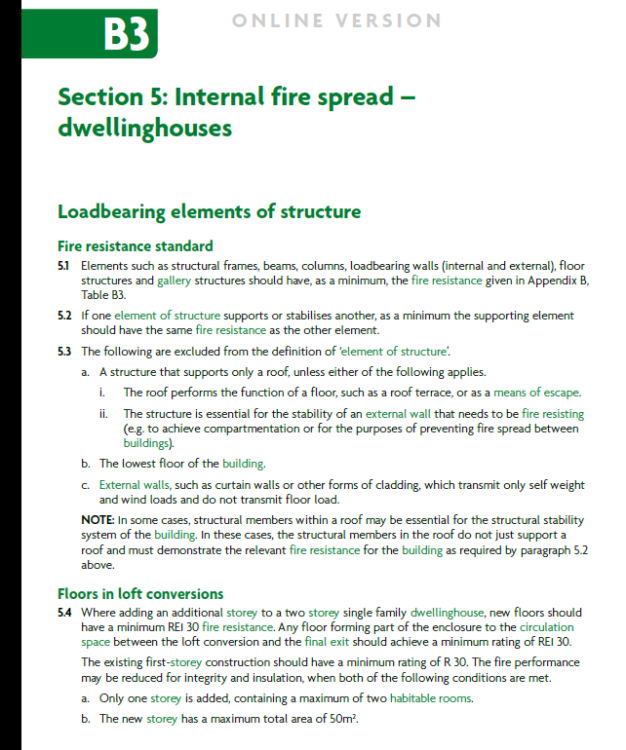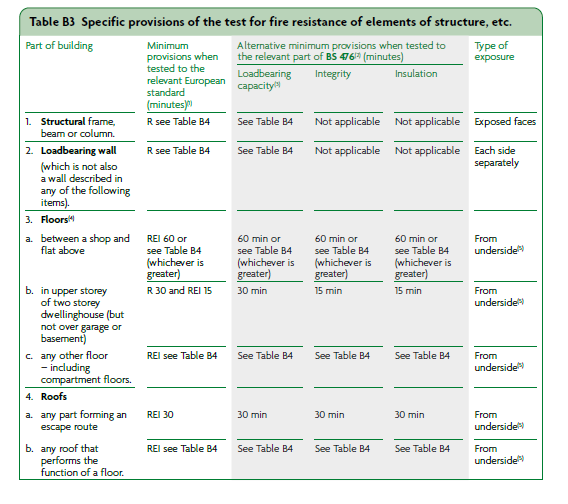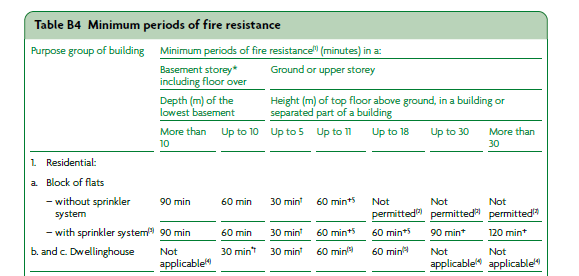Leaderboard
Popular Content
Showing content with the highest reputation on 07/09/22 in all areas
-
3 points
-
1 point
-
Some do, some don't. In our last house it flashed when exporting but obviously did not count that as import. Our present meter goes solid red when exporting and the display now cycles between the meter reading and "rED" meaning Reverse energy Detected. Designed to alert a meter reader to someone being naughty with their supply.1 point
-
Simple really Electrician installs the electrical side, he can then sign as the competent person on the G98 form. This cover part P and any equivalent in Scotland. G98 gives you permission to install PV and generate, as long as you retrospectively complete the required paperwork within a given timeframe. Anyone can physically install the panels, but you need the electrician who is signing the G98 form, to do all electrical connections also.1 point
-
1 point
-
Mis read the original post - thought @joe90 was asking about cameras1 point
-
1 point
-
There's an App "my electric meter", that does the counting for you, and give you an ongoing consumption. It just used the phone camera and allows you set to set the imp/kWh rate for your meter.1 point
-
1 point
-
That may be using quite a bit. Have you checked its usage? I have cobbled together a new energy meter, one the counts the pulses from a meter's LED. Put it on my fridge circuit and it counted 298 pulses of 1 Wh each. That works out at 0.298 kWh, mean power of 12W. I can live with that as the last time I did this test I was away, and it was mid winter, with no heating on in the house. When I have done a few more days testing, I shall write up a bit more about it.1 point
-
Needs proper tanking as you would for a basement in my opinion.1 point
-
is the soil level as per drawing or on a slope? if it's level i'd suggest digging further back and putting gabions in with a french drain in front between them and the cavity wall1 point
-
Also, is 1.2m the exposed height of the wall, or including foundations? The structural design should take into account the design for the foundations as they will likely need to tie together.1 point
-
I agree that a structural engineer should take a look at this. There are different systems possible, waterproof concrete is a different approach to traditional tanking and can work well with the steel needed to reinforce the structure. I would definitely plan on something to take the water away such as a land drain. Some projects will use two methods to be absolutely sure that water does not penetrate - for example waterproof concrete AND a membrane on the inside out outside. You may need to think about any breaks in the concrete pours if the wall is long, and how to make the joins watertight.1 point
-
You'll l need a reinforced concrete wall, covered with a tanking membrane, protective sheeting, backfilled with clean stones and a pwrimoter drain at the bottom. Cavity wall isn't a suitable retaining structure.1 point
-
If you have the space you may be better building a retaining wall a metre away from the structure.1 point
-
1.2m is a pretty substantial load to be retaining-imagine how much extra force will be exerted when it’s been raining for a couple of days. It’s something your architect and/or SE needs to design really. I’ve built houses where the wall is retaining far less (<500mm) we lapped membrane from the dpc at FFL up the back of the wall& back in to a bed joint 150mm min above ground level,with an additional dpc at that level which was lapped down to as the ground level fell away to meet with the dpc at FFL. Absolute PITA to be honest. No cavity ties in that zone too so not an ideal solution I’d say,but I didn’t spec it.1 point
-
Thanks - that all seems to back up my rudimentary understanding, which could be summarised as: Single dwelling house of 2 stories (<11m) = 30min fire protection to elements which hold up floors, walls or escape routes. Fire protection to roofs not necessary. I suppose the question is, does the dormer class as a wall, or is there further structural support offered by the roof which would warrant fire protection?1 point
-
Hope this helps you crystalise your thoughts and good to hear you are using light gauge steel.. always worth considering for attic conversions. For all. A bit of general background info. On a bungalow when converting the attic we consider (not least though) these main elements: 1/ Fire prevention..eg making sure that electrical cable sizes are designed for possible embedment in insulation so they don't over heat, correct installation of say wood burning stove flues and so on. 2/ Fire detection and warning.. smoke / heat alarms. 3/ Means of escape should a fire break out. Sometimes called travel distance or, if you have an internal room how you get from that to say and escape window, the sizes of these windows and how high they are off the floor and above the external ground. 4/ How the fire service will effect a rescue should you not be able to escape. 5/ How to protect the fire and rescue service so they are not endangered. It's the last bit of this (item 5) that is probably relevant to @Babak The Scottish fire regs are slightly different but have based the following on the English regs. For a bungalow attic conversion we generally allow the pitched part roof to burn away and fall in. What we don't want is for the attic floor to fall on the Fire Brigade thus we give the attic floor 30min protection. No need to protect rafters, purlins, partition walls in the attic. However there are a few caveats. 1/ If you are converting an attic that has been formed from trussed rafters the ceiling chords are often too small compared with a traditional timber cut roof and thus these are often not condusive to achieving a 30 min rating. But you may have had to beef these up anyway to convert the old ceiling chords into attic floor joists. Thus by insulating between the attic floor joists (you may be doing this for sound insulation anyway) and fitting a new floor you may by default achieve a 30 min rating for the new attic floor. 2/ Your new attic floor needs to be able to restrain the ground floor walls in a similar fashion to the existing roof when the pitched roof parts and attic internal walls burn / start to fail.. to avoid the ground floor walls falling on the fire service. Again, if you have been strengthening the attic floor you often achieve this by default. 3/ If say the gable end of your house is within 1.0m of a boundary (particularly.. covered in the regs to some extent) then you need to make sure that any masonry spandrel panel does not collapse when the roof burns away. This is very vague in many UK regs / not well understood but in New Zealand their design codes provided some guidance on this aspect.. the UK have yet to catch up / developers / designers are resisting grasping this nettle in my view. Here your local BC may not explore this with you. In summary I think the bit you need to concentrate on is the attic floor and let the rest just burn away. Have copied extracts from the regs below for reference.1 point
-
Daughter goes to the gym. Comes home, goes straight in the shower for 15 mnutes. WTF!!!! When we go swimming, we make use of the facilities included and have a shower there before we leave, we never shower at home on a swim day, why would you? And if I say anything like why did you not shower at the gym to save our energy use, I just get call grumpy old dad. This younger generation are not going to learn about energy saving until they eventually get their own house and have to pay their own bills, then they are going to get a shock. Until then I am expected to shut up and bite my tongue when i see them undoing my energy saving measures.1 point
-
I’m just surprised that we don’t already have a legal obligation for ALL new builds to have all or most of their energy as self sufficient. Through changes to the regs, Builders could be mandated to install a heat pump (with a choice of air or ground source) and PV.1 point
-
0 points
-
Don't know, never done one before, shall go and look. Try it now. Off to feed the poor and needy, or is it the fat and greedy.0 points
-
Yeah as a deterrent you can’t really go wrong for 15 quid . Personally ( as you know ) I have real cameras recording 24/7 . Probably does act as a deterrent to any theft but far more use to play “ spot the wanker neighbor “ 😁0 points
-
0 points
-
Germany is on the brink of rationing gas. It's going to be an "interesting" winter ahead.0 points










.thumb.jpg.bac90f3bbf6868cf2118d010d936c99d.jpg)





